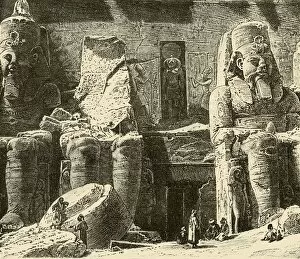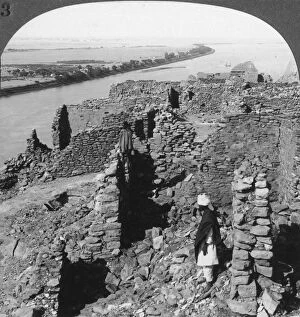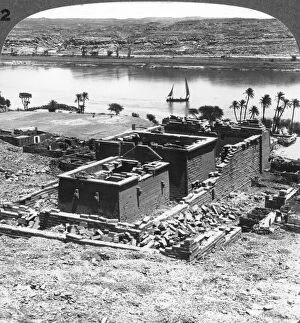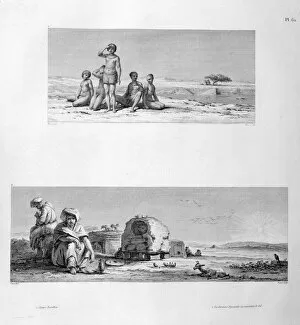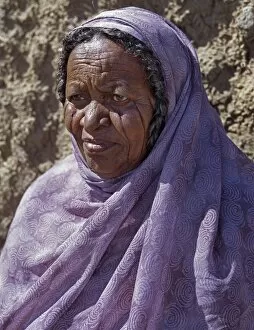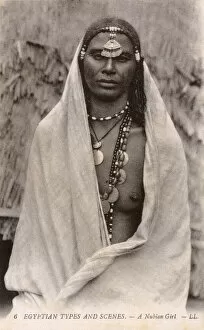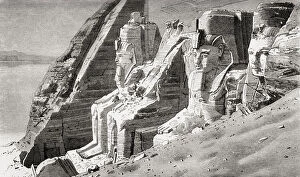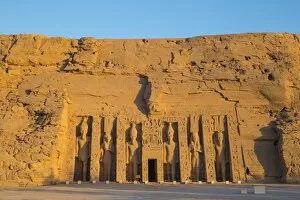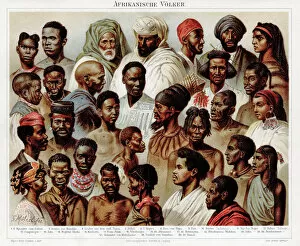Nubian Collection (page 5)
"Nubian: Unveiling the Rich Cultural Tapestry of Ancient Africa" Step into a world where history and heritage intertwine, as we explore the captivating realm of Nubia
For sale as Licensed Images
Choose your image, Select your licence and Download the media
"Nubian: Unveiling the Rich Cultural Tapestry of Ancient Africa" Step into a world where history and heritage intertwine, as we explore the captivating realm of Nubia. From the majestic Pyramids at the archaeological site of Meroe in Sudan to the enchanting Temple of Philae on an island in Lake Nasser, this ancient land beckons us with its timeless allure. As night falls, immerse yourself in awe-inspiring grandeur at the Temple of Ramasses II (Ramses) - Ramses the Great - in Abu Simbel. The colossal statues and intricate reliefs whisper tales of pharaohs long gone, leaving you spellbound by their magnificence. Venturing further into this mystical land, discover pyramids adorned with mesmerizing rock carvings that stand as testaments to a glorious past. Marvel at these architectural wonders that have stood against time's relentless passage. But it is not just monumental structures that define Nubia; its people are equally captivating. An Egyptian woman gazes back through centuries from a wall painting salvaged from flooded Nubian lands. Her eyes reflect resilience and grace amidst adversity. In Cairo or Aswan, encounter vibrant snapshots of daily life as you meet Nubian girls and women who embody strength and beauty. Their colorful attire mirrors their vivacious spirit while preserving age-old traditions passed down through generations. Journey deeper into Upper Egypt's heartland to find solace in a quaint Nubian village on Elephantine Island. Here, blue window shutters adorn houses like portals to another era—a testament to both simplicity and elegance coexisting harmoniously. Finally, pay homage to Queen Nefertari herself at the small temple dedicated to Hathor in Abu Simbel—an ode to feminine power within this remarkable civilization. Nubia unravels before our eyes—a tapestry woven with stories etched upon stone walls and carried in the hearts of its people.

